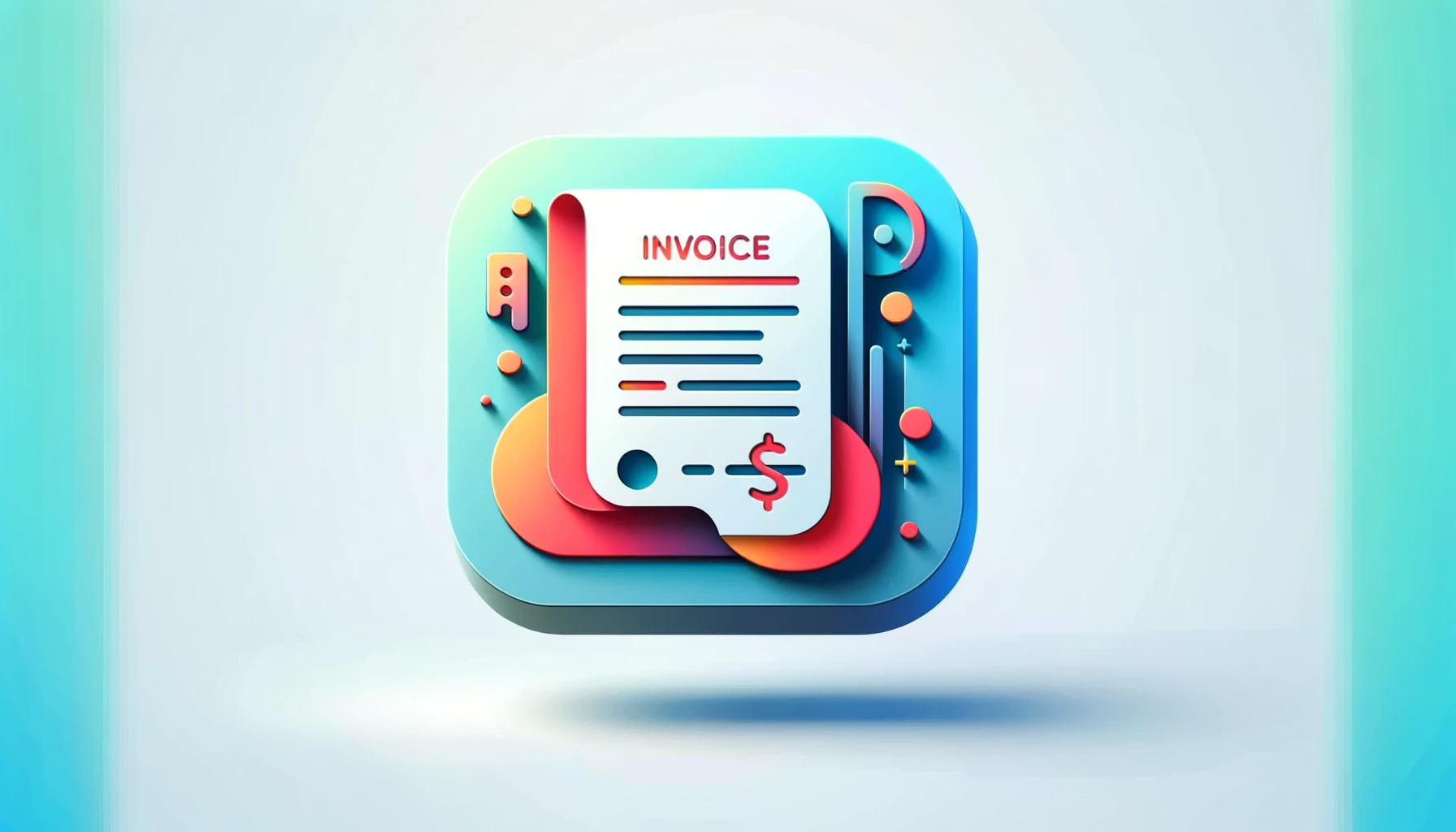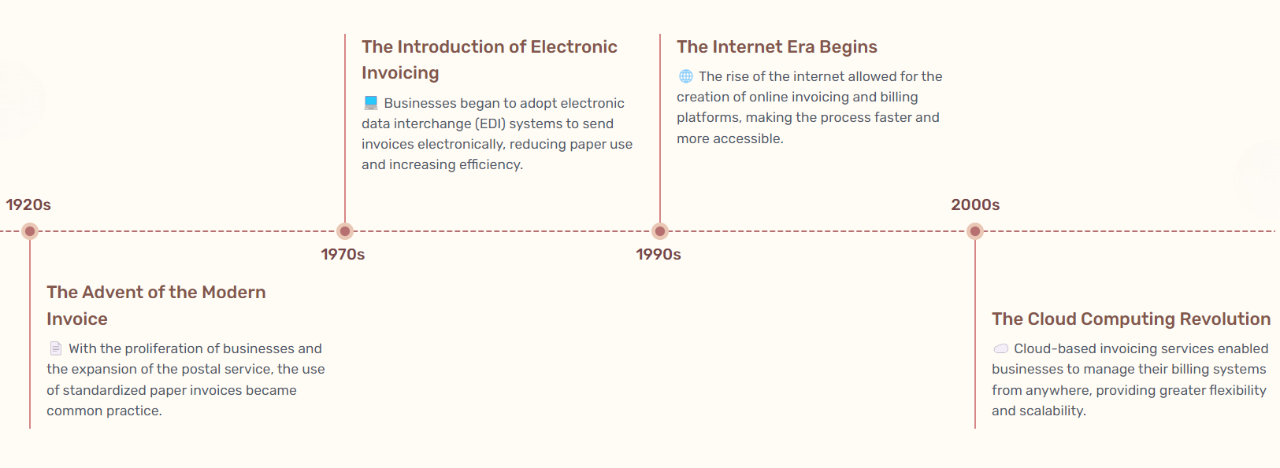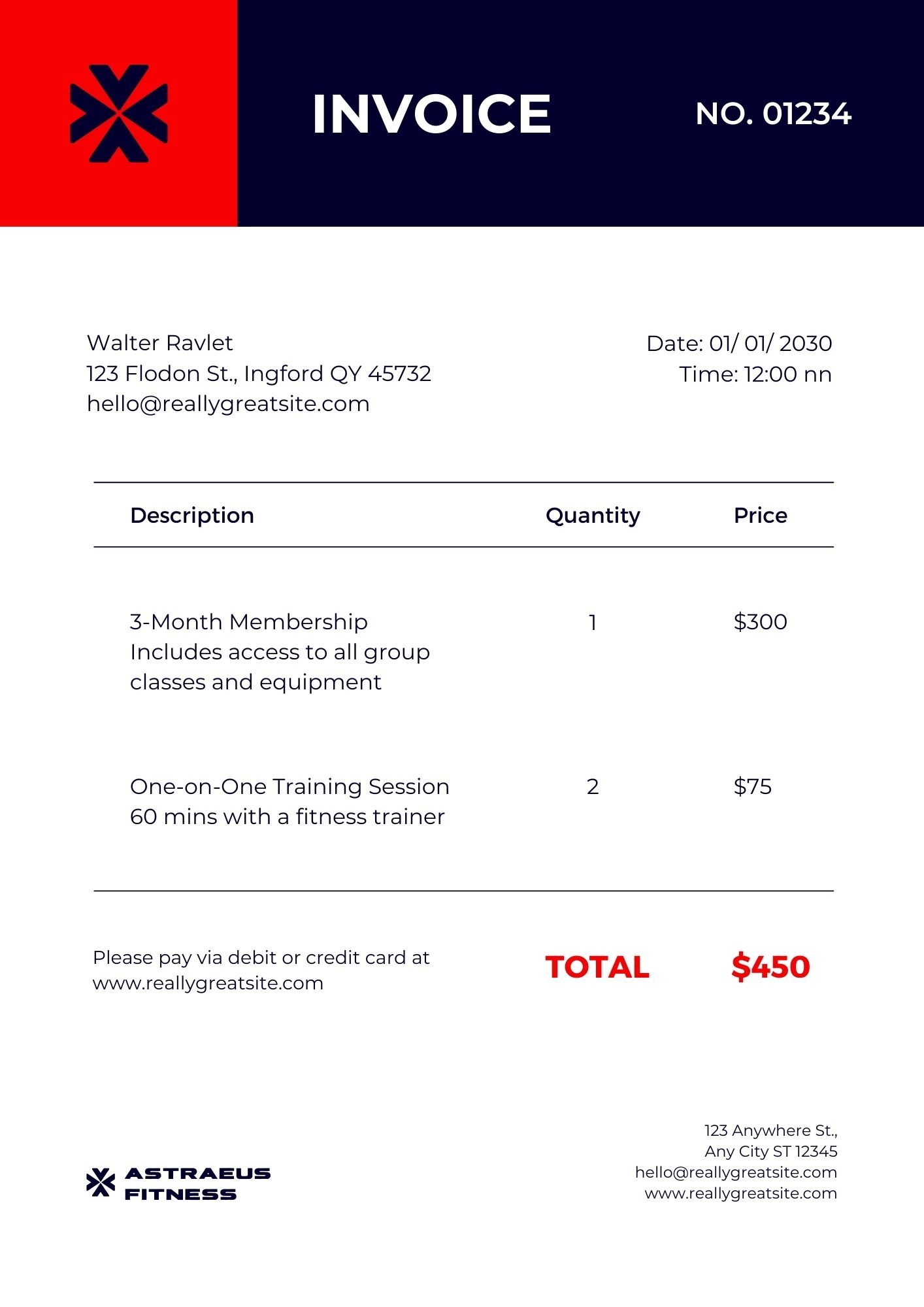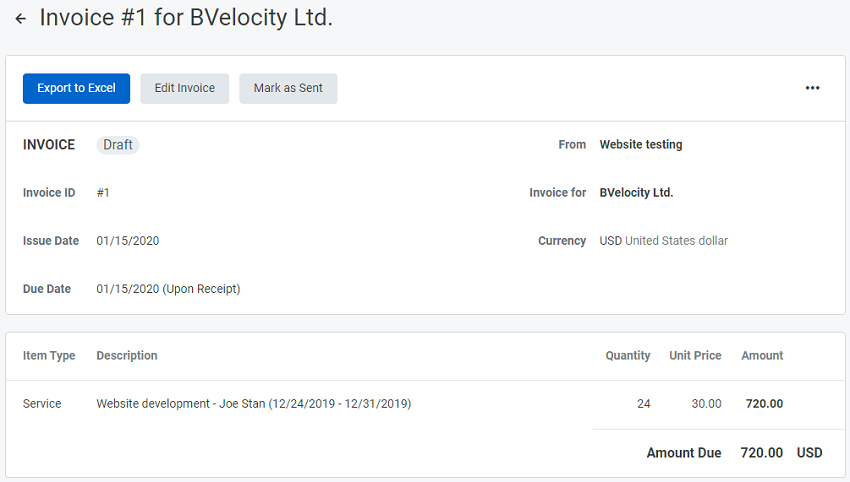The Best 10 Tips to Create Crystal-Clear Invoices
Want to create crystal-clear invoices and eliminate any delays in your billing process? Check out these top 10 tips to help you create professional and clear invoices that ensure prompt payment from your clients.

A study revealed that errors in invoicing are the reason behind the late payment of over 60% of invoices.
Small businesses report that late payments have a direct impact on their ability to pay their own suppliers and employees on time, with 28% saying it affects them on the level of business survival.

This statistic underscores the challenge businesses face in preventing delayed payments, managing cash flow, and the need for effective invoicing strategies.
What is Invoice?
Beyond just being a payment record, an invoice acts as a detailed snapshot of your purchase.
It meticulously lists each item or service acquired, their individual costs, and the final sum you shelled out.
This comprehensive breakdown ensures clarity and transparency, making it a valuable reference point for both you and the seller.
Imagine an invoice as a tiny map that helps you retrace your steps and recall every detail of the transaction.
Creating crystal-clear invoices is crucial for:
- maintaining a smooth business operations
- ensuring timely payments
- minimizing confusion for both the issuer and the recipient.
It serves as concrete evidence of payment and helps you stay organized by keeping track of requests for payment.
While a receipt confirms your purchase, an invoice acts as a superhero shield for both you and the seller. It safeguards your rights, clarifies terms, and ensures a smooth, documented transaction.
How to Eliminate Delays and Disputes with Clear Invoicing
Use a Professional Layout and Design

Use a clear and concise format. Make sure your invoice is easy to read and understand by using a clean and simple layout. Use headings, subheadings, and bullet points to break up the information into manageable chunks.

Choose a layout that is easy to read and professional.
This includes:
- clear structure
- legible fonts
- design that reflects your brand.
Avoid clutter and ensure all necessary elements are easily identifiable.
Include Essential Information

Double-check that you've included everything needed for the client to process the payment. This information should be immediately noticeable:
Unique Identification: A sequential invoice number to track the transaction.
Provider Details: Your company's name, address, and contact information for clear identification.
Service Synopsis: A concise description of the products or services rendered for transparency.
Recipient Information: Your customer's name, address, and company name for accurate billing.
Transaction Date: The date the products or services were provided, solidifying the timeline.
The Date the Invoice Issued: The date initiating the payment timeframe.
Cost Breakdown: The price of each product or service must be itemized for detailed understanding.
Grand Total: The final sum due for the provided products or services, including taxes.
Make it easy for clients to get in touch with questions or concerns by providing your company's contact information, such as phone numbers, email addresses, and physical locations.
Use Billable Calculator to Itemize Services

Utilizing a billable calculator aids in meticulously tracking time and expenses associated with a project, ensuring every detail is accurately captured.
This precision in recording billable hours and costs translates into transparent invoicing, providing clients with itemized billing that clearly justifies each charge.
List each service or product provided along with:
- a brief description
- the quantity
- the unit price
- the total price for each line item.
This breakdown helps the recipient understand exactly what they are being charged for. Show rates so that it was easy to verify that clients received the correct quantity and were billed at the agreed-upon rate.

Use Simple, Clear Language

Clear and straightforward language reduces misunderstandings and disputes. Stay away from technical terms or industry-specific jargon that may confuse your clients.
Instead, write in a straightforward manner that's easily understood by everyone. Use consistent naming conventions for products and services throughout your invoice, and make sure they match the names used on purchase orders, receipts, and other documents.
Include Payment Terms and Methods

Clearly state your payment terms, including:
- when the payment is due
- acceptable payment methods
- any late fees or penalties for delayed payments.
When stating the payment terms, be specific (e.g., net 30 days). This sets clear expectations for the payment process.
Utilize Sequential Invoice Numbers

Use a sequential numbering system for your invoices. This helps in keeping track of all invoices issued and simplifies record-keeping for both accounting and tax purposes.
Highlight Total Amount Due

Ensure that the total amount due is prominently displayed and easy to find. This is the most crucial piece of information for the person making the payment.
Add Tax Information if Necessary

If you're required to collect taxes, include a clear breakdown of these charges. Make sure to use the correct tax rates and provide your tax identification number if applicable.
Include Notes or Special Instructions

If there are any special instructions or notes relevant to the services or products, include these on the invoice. This might include warranty information or specific terms and conditions.
The same concerns additional charges or expenses, such as shipping costs or materials fees – clearly highlight them on the invoice so clients aren't surprised when they receive their bill.
Proofread for Errors

Before sending the invoice, thoroughly proofread it for any errors.
Before sending out an invoice, double-check it for errors in spelling, grammar, math calculations, and formatting. Mistakes can cause delays in payment and reduce the professionalism of your business, leading to confusion and mistrust, so it's essential to ensure accuracy.
The Bottom Line: Remember, the goal of an effective invoice is not just to request payment but to do so in a way that is clear, professional, and leaves no room for misunderstanding. This enhances your professionalism and can help foster better relationships with your clients or customers.
Time Tracking in Invoicing
Time tracking software can be a cornerstone in creating accurate invoices because of its ability to minimize delays and disputes.
Here's how it contributes to achieving this goal.
Accurate Billing
Automatic time tracking delivers precise recording of task and project time.
This accuracy is key to billing clients correctly, ensuring you do not waste your time on admin chores and, most importantly, charge for the actual time worked, which is essential for hourly billing models.
Transparency and Trust
Providing a detailed breakdown of time spent on different tasks enhances transparency.
Clients are more likely to trust and promptly pay an invoice that clearly accounts for the time billed, reducing the likelihood of disputes.
Efficient Invoice Preparation
With time tracking tools, the data needed to create an invoice is readily available and can often be automatically populated into the invoice.
This efficiency not only speeds up the invoice preparation process but also reduces the likelihood of human error.
Evidence in Case of Disputes
If a client questions the amount billed, time tracking data serves as evidence to justify the invoice.
Detailed logs can be used to demonstrate the work done and the time it took.
Facilitates Prompt Payment
When clients can see exactly what they are being billed for and why, they are more likely to process payments promptly.
Clear, detailed invoices eliminate the back-and-forth often required to clarify billing questions.
Tracking Overruns and Scope Creep
Time tracking helps in identifying when a project is taking more time than anticipated, which could be a sign of scope creep.
This information can be communicated to the client in real-time, preventing surprises in the final invoice.
Customization and Flexibility
Different clients may have different billing requirements.
Time tracking data can be customized to match the format and level of detail that each client prefers, further reducing possible disputes.
Automated Reminders and Follow-ups
Many time tracking and invoicing systems have features for sending automated reminders and follow-ups for unpaid invoices.
This can help in ensuring timely payments without needing to manually track each invoice's status.
Legal and Contractual Compliance
For certain contracts, especially those in legal or consulting fields, time tracking is often a contractual requirement.
Accurate time tracking ensures compliance with these contractual obligations.
What Makes TMetric A Tool To Get Clear Invoices?

For some businesses, the cost of processing a single invoice can be as high as $20 to $50, depending on the complexity and manual effort involved.
TMetric functionality can help businesses save not only time but resources by automating the invoicing process.
Time tracking integration: Easily convert tracked time into billable hours for accurate invoicing.
Invoice creation: Generate professional invoices with customizable templates and branding.
Expenses tracking: Include expenses alongside time entries for comprehensive invoicing.
Payment processing: Integrate with payment gateways for online payments and faster collections.
Reports and analytics: Generate detailed reports to analyze billable hours, project profitability, and client interactions.
Free plan available: Suitable for freelancers and small businesses with limited invoicing needs
TMetric can be a good option for freelancers, small businesses, and service-based companies looking for a simple and affordable way to create invoices based on tracked time.
